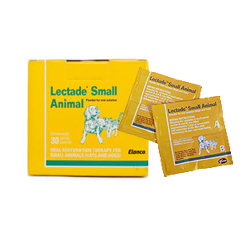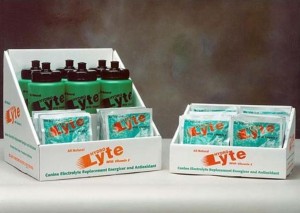** IMPORTANT NOTE **
.
THIS BLOG HAS BEEN AMENDED
TODAY 20/11/18.
EXTRA INFORMATION CAME TO LIGHT WHICH AFFECTED
THE ADVICE WITHIN THE BLOG AND THIS HAS NOW
BEEN ALTERED TO REFLECT THOSE CHANGES.
Excessive drinking
Reduction in urination
Dark, deep golden coloured urine
Sticky viscosity to the texture of the urine
Listless/lethargic demeanour
Delayed action and elasticity of skin on the neck/back
So, if you think that your dog may be dehydrated, there are a couple of really easy things you can do to test your theory.
Simply touch your dog’s nose. How does it feel? A dog’s nose should generally be cold and wet. If the nose feels dry or warm to you, then he could be mildly dehydrated.
Next, we need to see what the gums themselves feel like. If your dog is anything like mine, you’ll know they produce a fair amount of saliva and EVERYTHING in that mouth is usually pretty soggy. If the gums feel dry and/or sticky when you touch them with your finger, then your dog needs a drink to replenish his fluids.
Still thinking about the gums, we need to check to see how long it takes for the colour to return after you press your finger firmly on the gum line. When you remove your finger there will be a pale mark where your finger was but this should quickly (instantly) return to the natural pink colour. The longer it takes to return to pink, the more poorly your dog is.
To test if the skin isn’t as elastic as it should be, try pinching a small amount of skin at the scruff between your thumb and forefinger. When you let go, the skin should nicely return to its normal position. If the skin takes longer to return than you would normally expect, or even does not return at all, then this is a clear sign.
If you have a rectal thermometer you can take his temperature. A temperature of above 105° F is very serious.
Sometimes if they are really quite dehydrated, a drink alone is not enough for your dog. If this is the case, then giving them a few spoonfuls of electrolyte replacement medication will help no end. Products such as Dioralyte that you may use on holiday if you’ve had a touch of tummy upset will do the trick for us humans, but as with so many things these days, we must always check the contents to ensure they do not contain Xylitol as the sweetening agent. Many vets still recommend it’s use, and I am currently awaiting information from the manufacturer to confirm whether or not the flavouring used has any Xylitol in the ingredients. Xylitol is extremely toxic to dogs and as such, over the counter medications should always be checked before being given to your dog. When the company gets back to me, I will update this blog again (This will be amendment number 4!!)
There are specific animal versions that are safe to use such as Lectade

Another good one, recommended to me by friends who run sled dogs up in Scotland with great results can be found at this link: http://www.culpeppers.co.uk/catalogue/?cat=misc

Please remember that if your dog has not drunk for a long period, then re-hydration must start slowly with a few sips every minute or so. Should he drink too much too quickly, it will likely lead to vomiting. When you vomit, you lose fluids which is the absolute opposite of what we are trying to achieve.
If he has gone a long time without drinking, then it can be a kinder process to re-hydrate him by allowing him to lick ice cubes. Hold them individually in your hand and allow him to gently lick at the surface, controlling how vigorously and for how long he licks.
If you cannot get your dog to drink, then please seek immediate advice from your vet.


